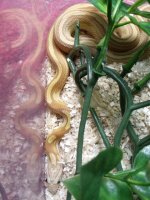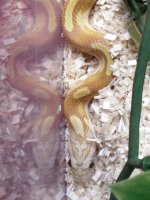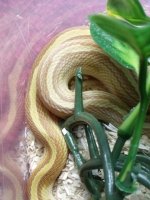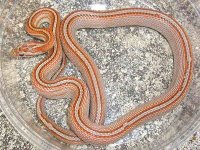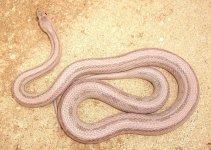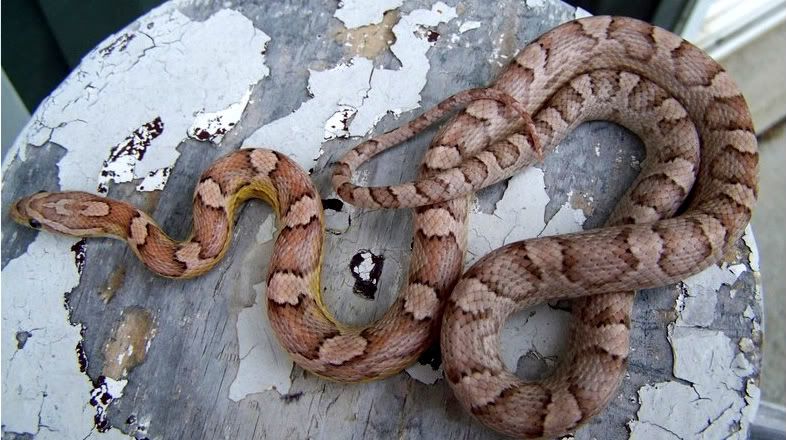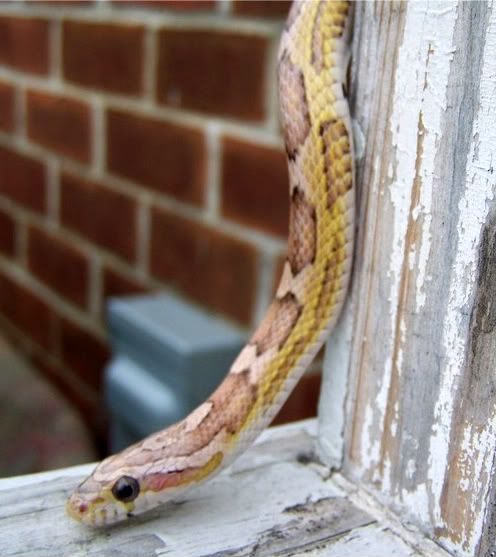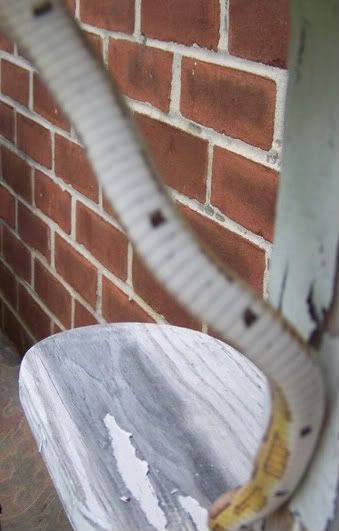rosewood
Dedicated Reptile Lover
So as some of you know I posted some pics of Midas a while ago thinking he was a motley stripe however most said pinstripe motley after look at the pics. The breeder told me his dad was a GD stripe and his mom a GD het stripe/motley. But I read some where that you can have a snake that is a motley/stripe but you cant have one that is het for both motley and stripe just one or the other. Is that true?
I have looked at pics of motley/stripes and pinstripes and it looks to me that he really could be either of them.
I am getting better with genetics but havent looked too much into patterns yet and this whole motley and stripe thing is getting a little confusing cuz I keep hearing different things.
I have looked at pics of motley/stripes and pinstripes and it looks to me that he really could be either of them.
I am getting better with genetics but havent looked too much into patterns yet and this whole motley and stripe thing is getting a little confusing cuz I keep hearing different things.

